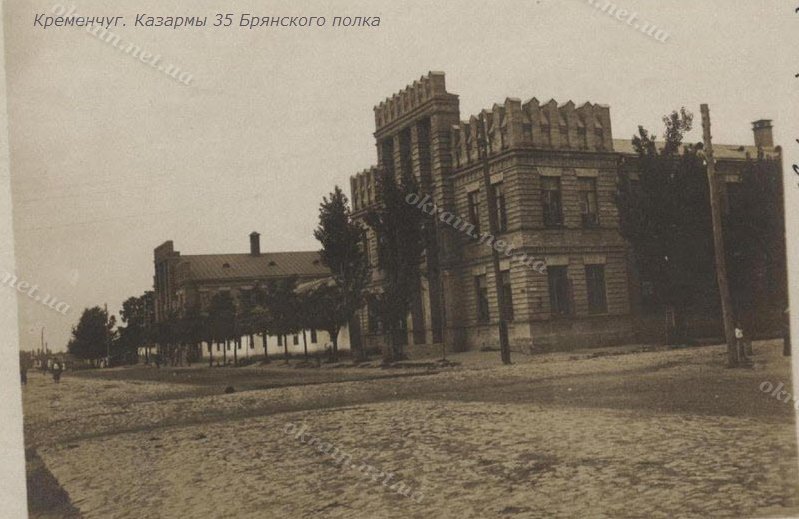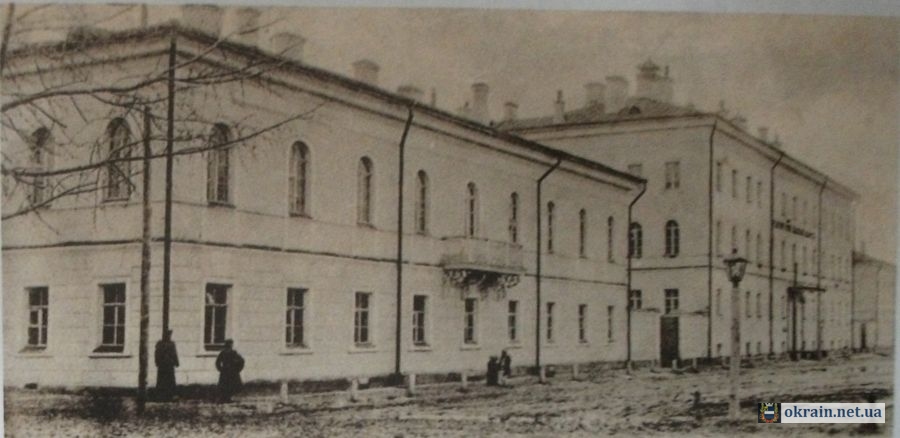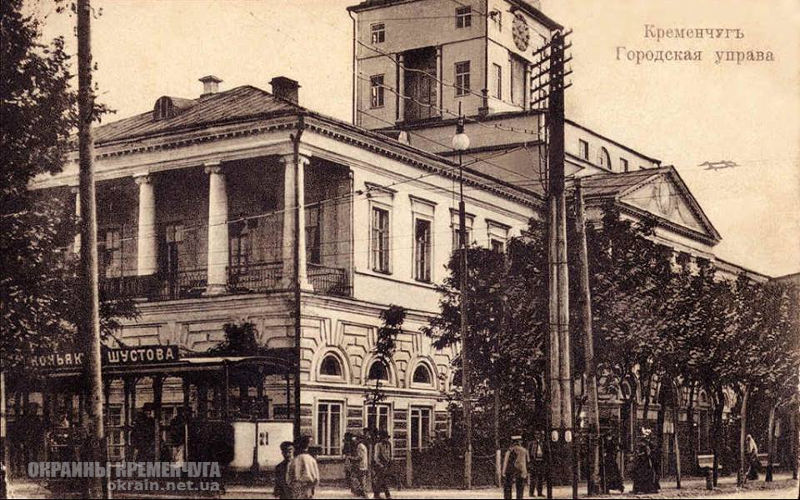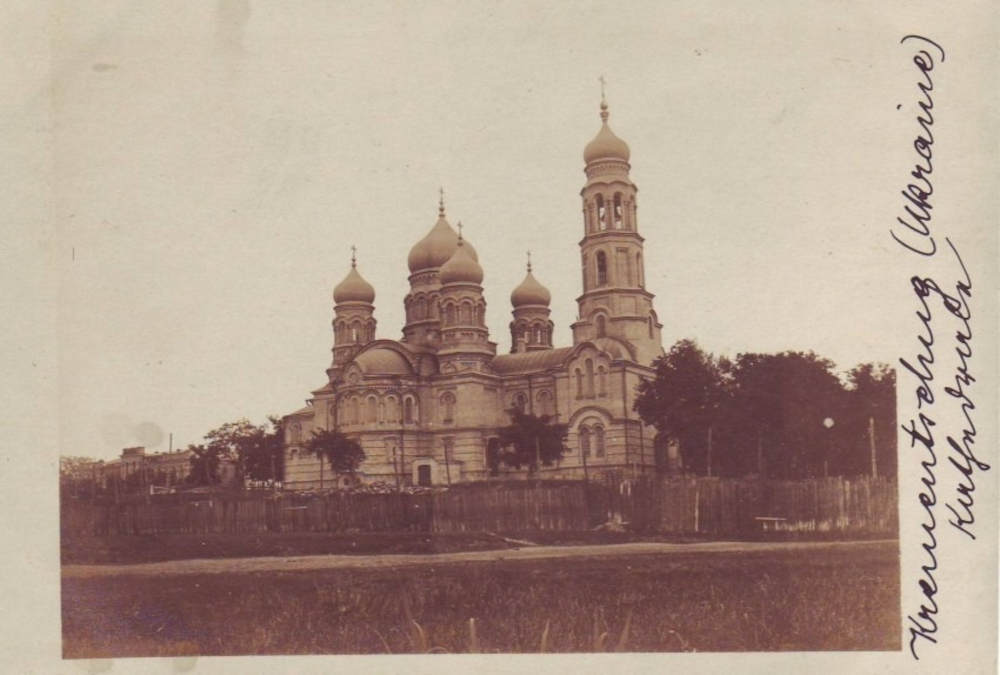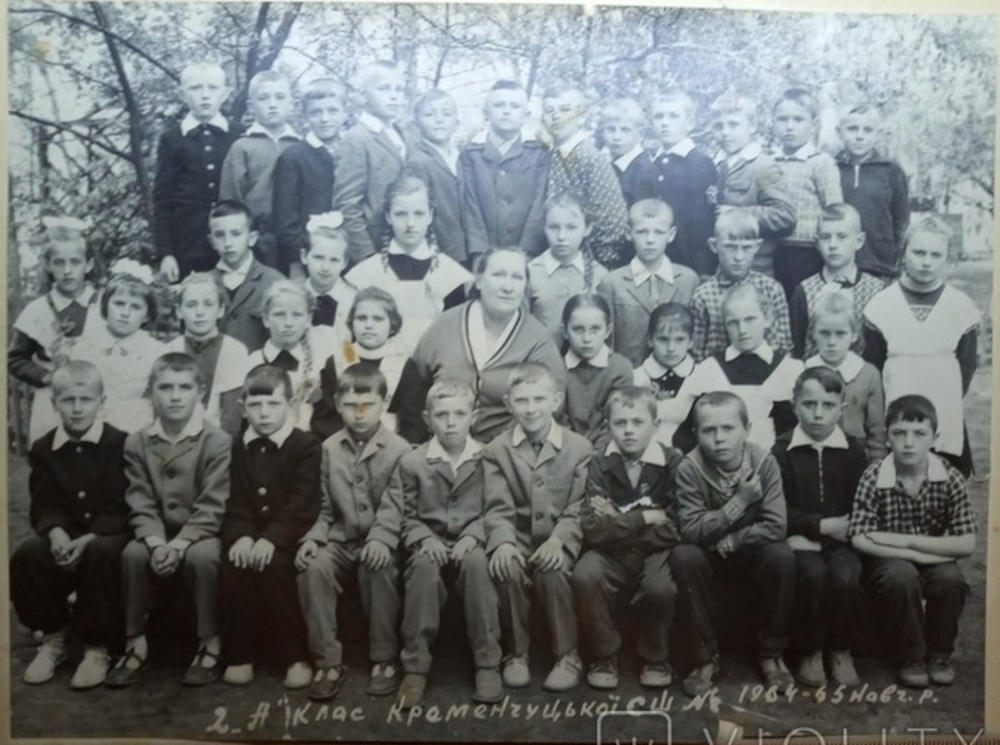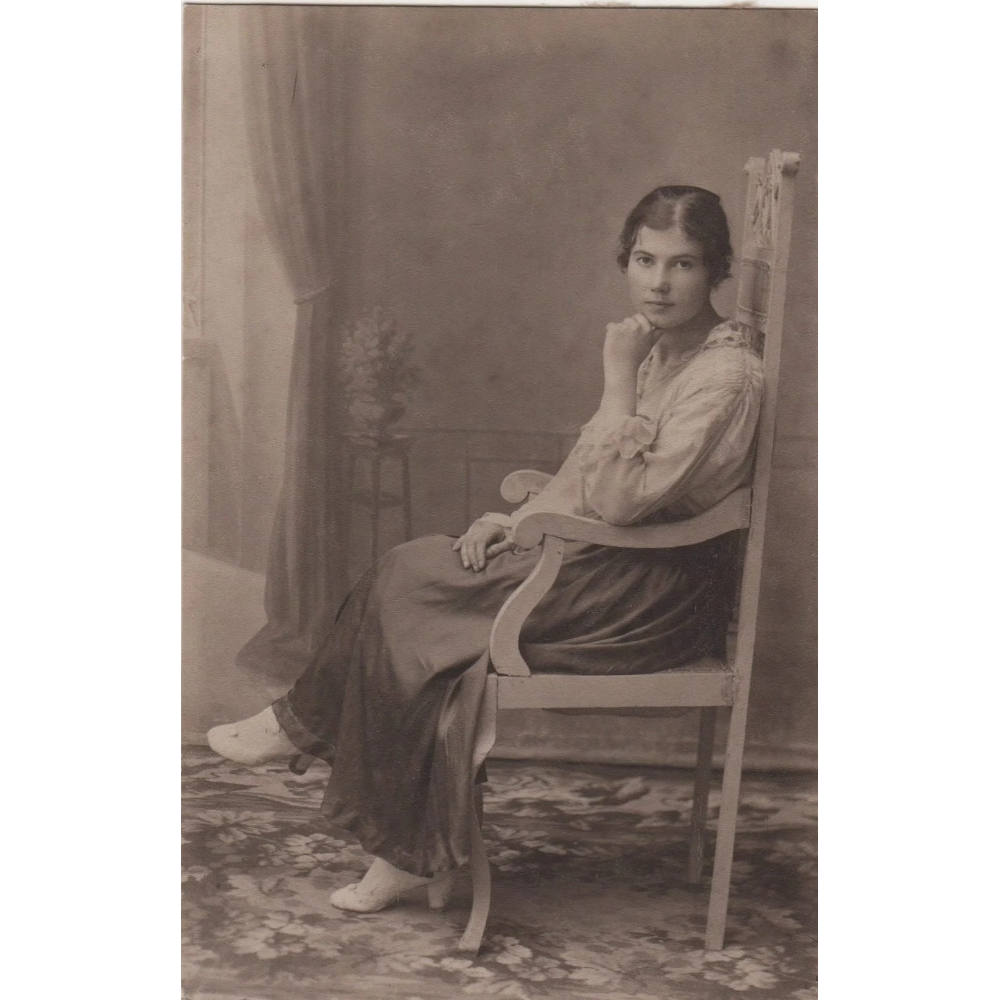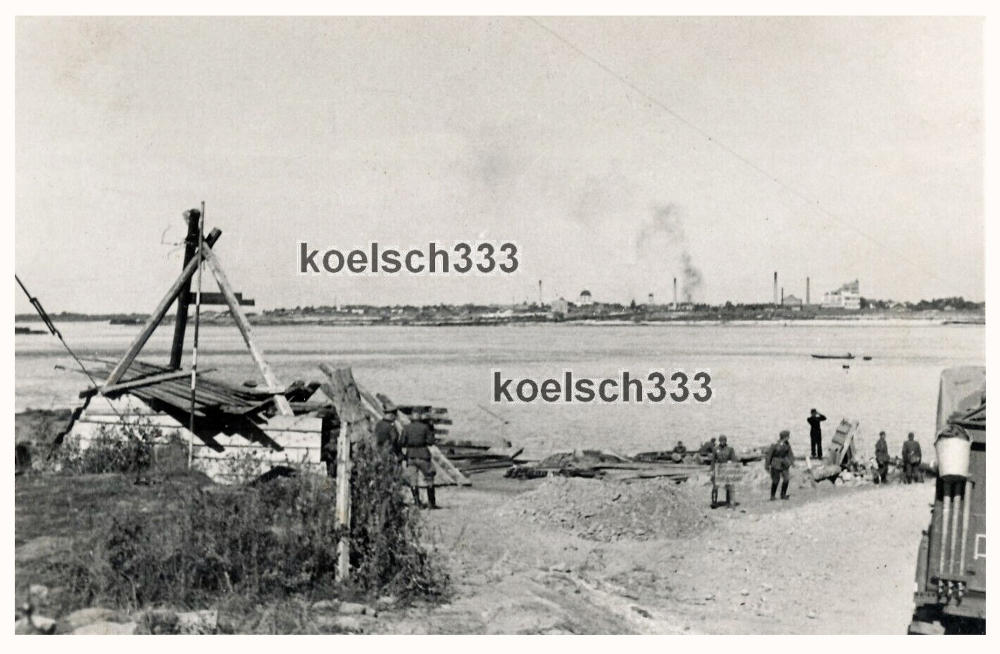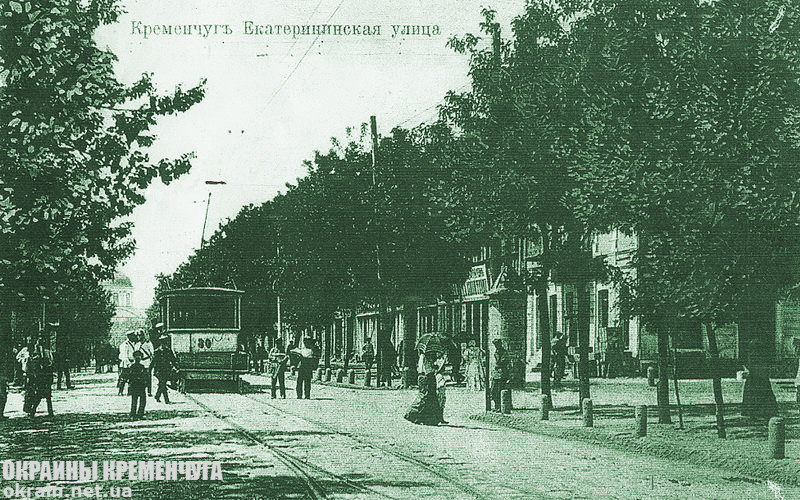
(Former Ekaterininskaya, Revolution Avenue, Lenin Street)
It is located between Igor Serdyuk (formerly Oktyabrskaya) and Pervomaiskaya Streets, extending from Pobedy Square to Halamenyuk Street.
The length of the street is 1350 meters.
In the middle of the 18th century, it departed from the city market on the banks of the Dnieper and extended to the Potocki Gates, where it joined the road leading to the town of Potoky.
If you turn your back to the Dnieper, then at the very beginning of the street, on the right, there were trading shops, behind them, in the depths of a small square, the wooden Assumption Church built in 1748-1752. Further along the street stretched the estates of the townspeople, on the left was the wooden Church of the Transfiguration of the Savior, founded on September 1, 1750.
According to the plan of 1774, the main Kremenchug street is extended from the Pototsky Gate to the borders of the new city. It stretched from the Dnieper to the modern street of the Heavenly Hundred (formerly Proletarskaya), from where the Poltava postal route began.
For the visit of Catherine II, the central street of Kremenchug was paved with cobblestones, houses with thatched or reed roofs were covered with shingles. The walls and chimneys were whitewashed with chalk, and lampposts were placed at the gates.
On May 3, 1787, Catherine II left Kremenchug on the Dnepr galley, in honor of this event, the main street along which the Empress passed was given the name Catherine.
According to the new plan of the 19th century, Ekaterininskaya Street stretched across the nameless lake to the modern Halameniuk Street, where a huge, irregularly shaped Fair Square is arranged. Now all the Kremenchug fairs will be held here throughout the 19th century.
The capitalist era brings new features to the appearance of the main street. Spatial gaps between estates disappear, the building becomes continuous, the number of storeys increases. At the beginning of the 20th century, three- and even four-story houses were no longer a rarity. Ekaterininskaya street becomes the concentration of banks, trading companies, offices, expensive shops, confectionery and restaurants.
On the central street were the Kremenchug Commercial Bank, a branch of the Russian Bank for Foreign Trade, a branch of the United Bank (formerly Orlovsky), a commission agency of the Russian-Asian Bank (formerly the Northern Bank), and a city public bank. In 1915, the construction of the Kremenchug branch of the Petrograd International Bank began, but before the revolution of 1917, they did not manage to complete the construction.
By the beginning of the 20th century, Ekaterininskaya reaches the modern European Street (formerly Shchorsa). Here, on Sandy Mountain and at its foot, a new urban area is being formed.
In 1899, between Ekaterininskaya Street and Troitsky Lane, the Belgian Anonymous Society built an electric station and launched one of the first trams in Ukraine.
During the second half of the 19th – early 20th centuries, industrial enterprises appeared on the street: the mechanical plant of I. Ander (now a plant for road machines), the factory of fur shoes by S. Khazanovich, the rope factories of P. Viglin and G. Surkov, the printing house of I. Dikovsky, bookbinding institution M. Shishelevich.
In 1913, on the ground floor of the new rich three-story house of B. Linik on Ekaterininskaya Street, the best cinema in the city, the Coliseum, was opened, the entrance to which was guarded by Atlantes.
The usual course of life on the central street of Kremenchug, as elsewhere, was changed in October 1917.
In 1918, Ekaterininskaya Street was renamed Revolution Avenue.
In January 1924 Revolution Avenue was named after V. Lenin.
The central street, both before the revolution and in the pre-war years, was the main trade artery of the city of Kremenchug. There were the best shops in the city.
During the Second World War, most of the buildings on Lenin Street were destroyed. On September 29, 1943, over the destroyed building of the Kremenchug printing house on Lenin Street, Shota Gogorishvili raised the scarlet flag of victory. And the soldiers of the 6th Airborne Army, which took part in the liberation of the city of Kremenchug, marched along the bridge in a solemn march.
Sobornaya Street (former Lenin Street) acquired its modern look in the 1950s-1980s. In place of the ruins, new multi-storey residential buildings have risen. The House of Trade (opened on June 9, 1961), the House of Communications, the House of Officers were built, numerous shops, cafes, restaurants were opened, the Oktyabrsky Square (now the O. Babaev Square) was laid out.
In 1977, the street was divided into two parts: from Victory Square to the Palace of the Road Machine Plant, the former name was left – Lenin Street, and from the Palace to 50 Years of October Avenue, the street was called 60 Years of October Street, in honor of the 60th anniversary of Soviet power.
In 2016, according to the law on decommunization, Lenin Street was renamed into Cathedral
Literature:
- “Streets of old Kremenchug” by A.N. Lushakova, L.I. Evselevsky 2001
